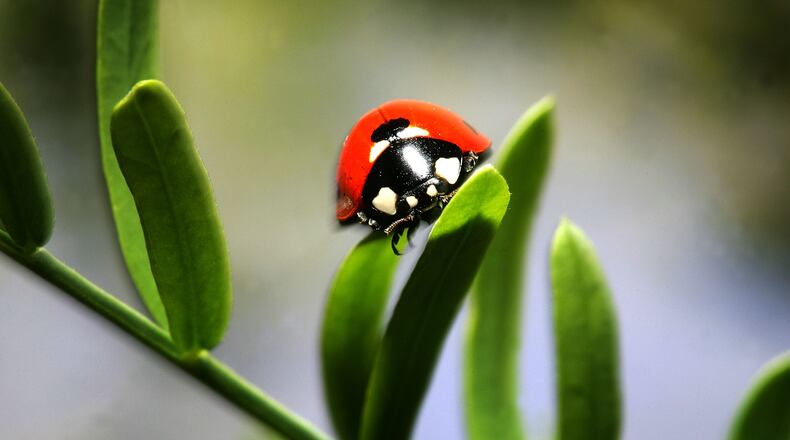As the weather heats up, you may notice more bugs crawling and flying out of the woodwork. Among them could be ladybugs -- Or are they multicolored Asian lady beetles?
The bugs are often mistaken for each other, but it’s important to know the difference between them, as Asian lady beetles can bite.
Both ladybugs and Asian lady beetles are round with colored backs that have spots. Both also eat aphids, which can inhibit the growth of certain plants.
Asian lady beetles, however, appear in a wider range of colors (anything from dark yellow to red), have 16 or more black spots and tend to be larger than ladybugs, according to the U.S. Department of Agriculture and PestWiki.
Asian lady beetles can bite and exude a foul-smelling, yellow defensive chemical to which some people may have an allergic reaction, according to the Penn State College of Agricultural Sciences.
While Asian lady beetles don’t cause structural damage, like termites, they do become a nuisance when they inundate homes, according to Penn State. Experts suggest caulking cracks between windows, doors, siding, utility pipes, behind chimneys, and underneath the wood fascia to keep the beetles out.
About the Author
The Latest
Featured

